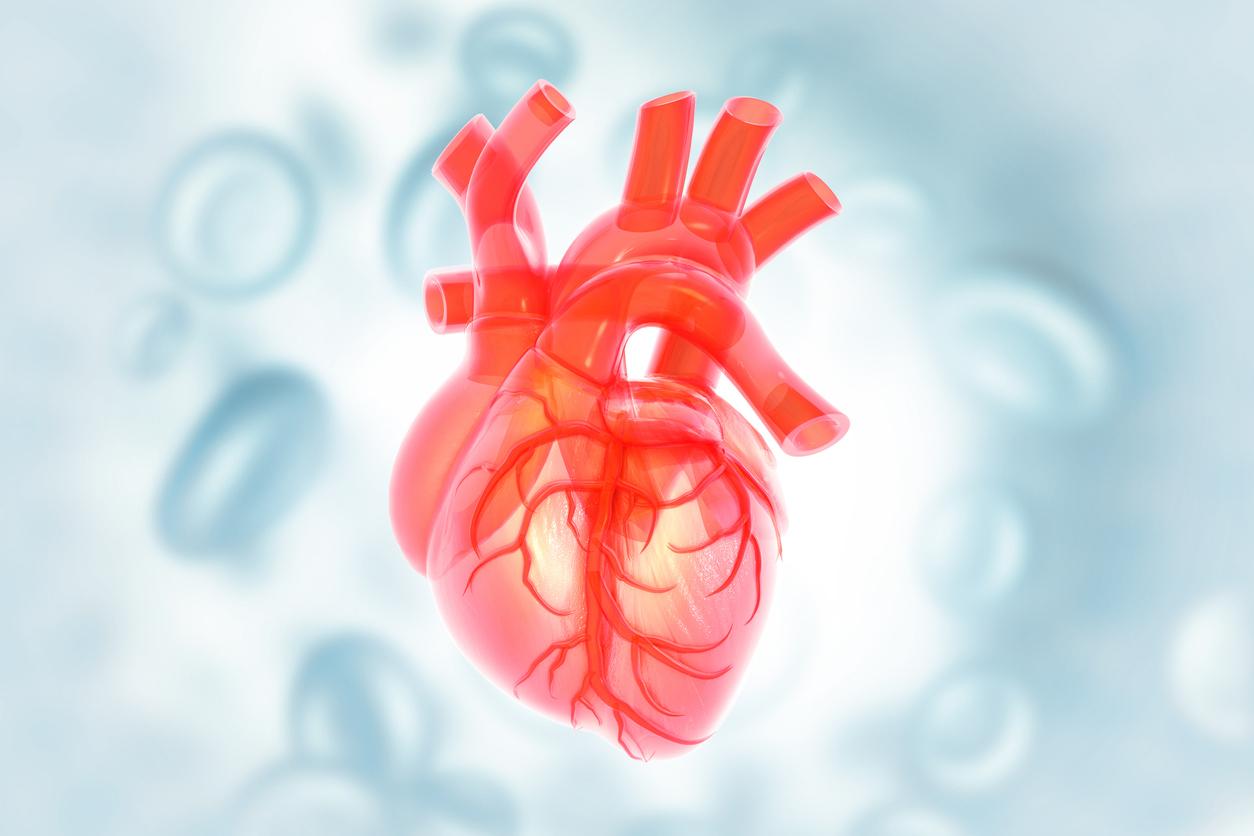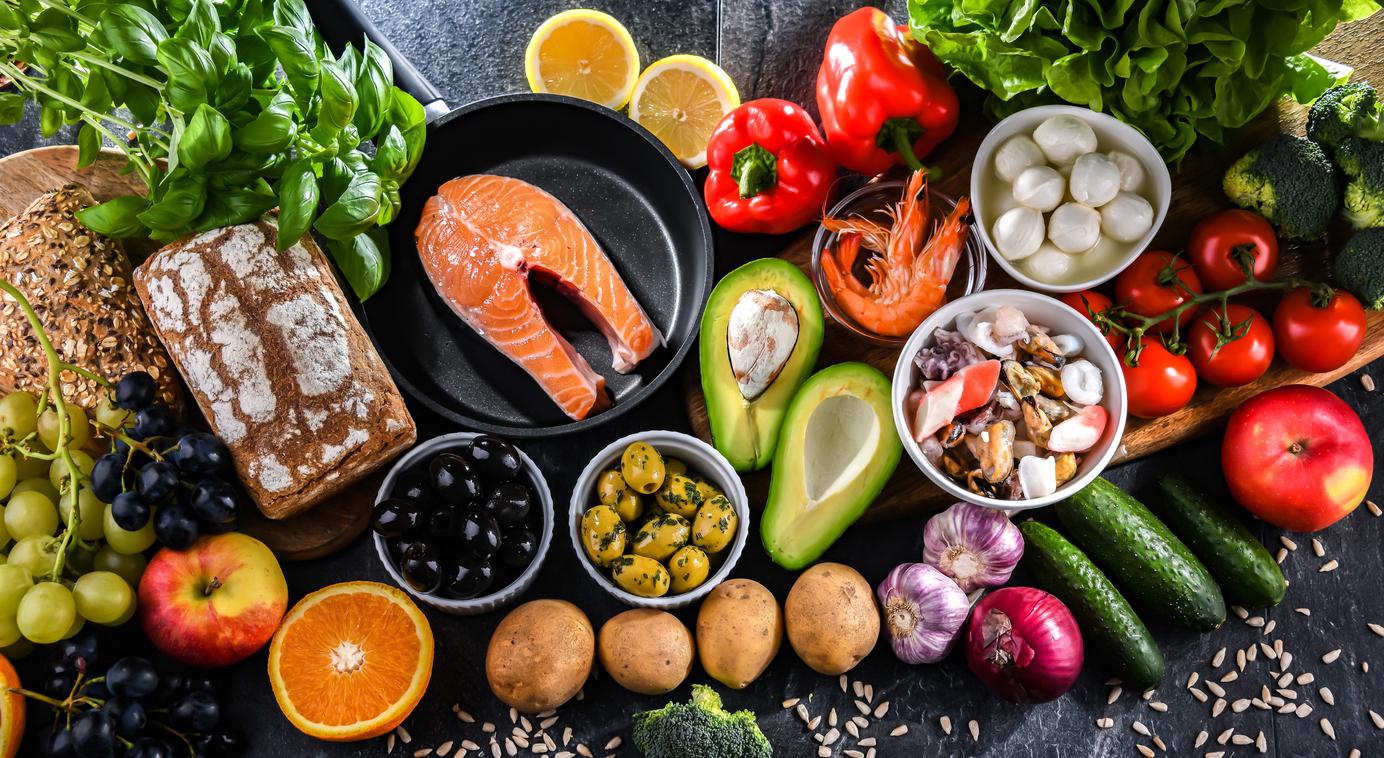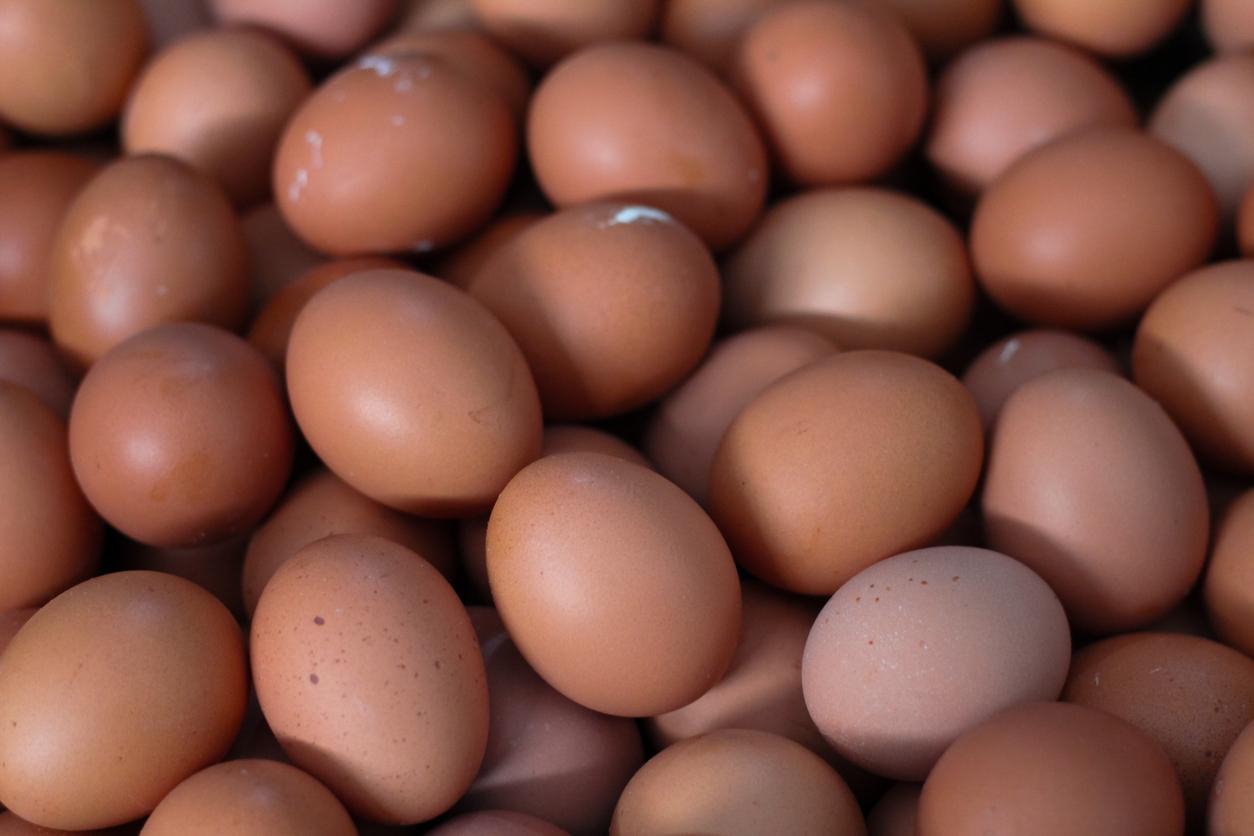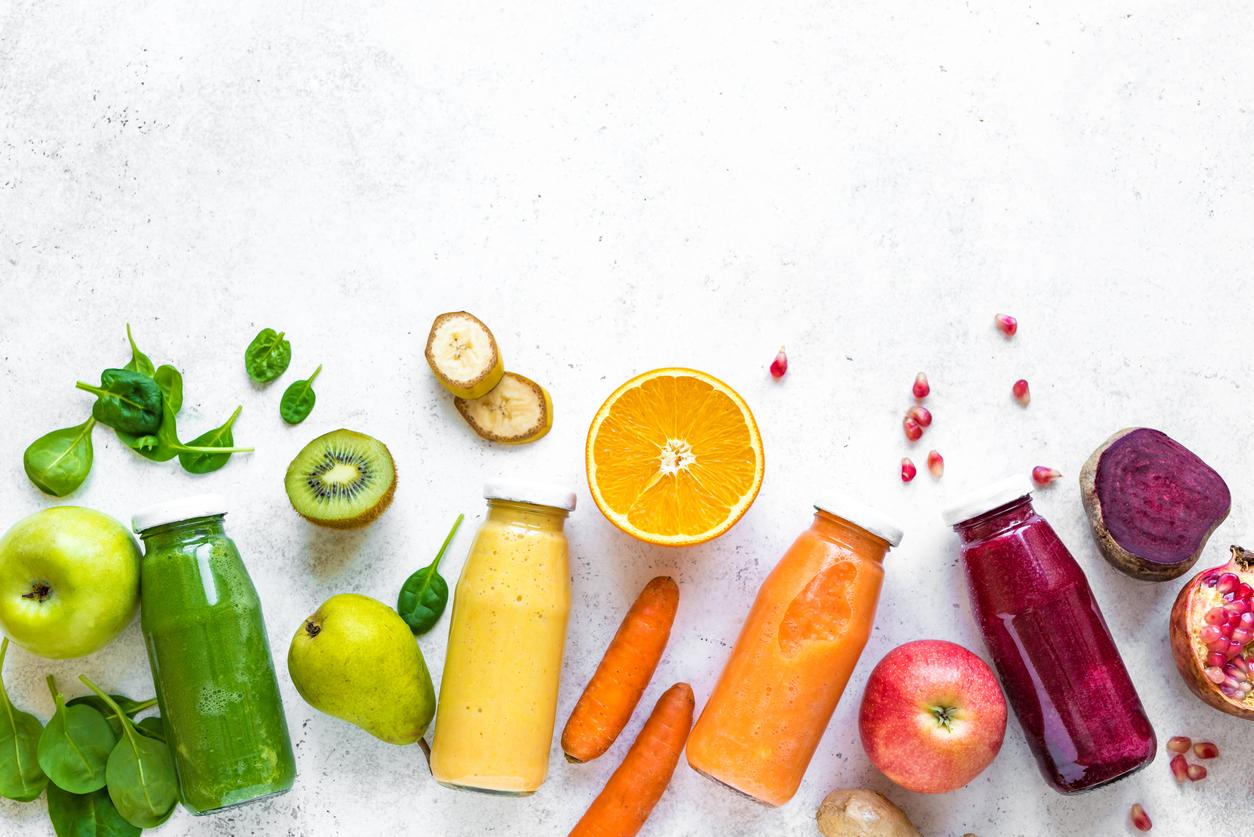Here’s how to fight osteoarthritis and inflammation by targeting what you eat.

- Osteoarthritis is an inflammatory disease of the joints.
- To reduce inflammation, it is advisable to consume foods rich in omega-3, antioxidants and anti-inflammatories.
- Ultra-processed foods, cold meats and sugary drinks should be avoided.
528 million people were living with osteoarthritis worldwide in 2019, according to the World Health Organization (WHO). This figure is up 113% compared to 1990, which makes this inflammatory joint disease a major public health problem.
Osteoarthritis: diet helps reduce inflammation
Apart from medications to reduce pain, there is no cure for osteoarthritis. But diet can be a solution to reduce inflammation and therefore the pain of patients who suffer from it.
“You can have a pro-inflammatory diet by eating processed, ultra-processed foods, explains Mathilde Pidoux, dietitian, to France 3 Hauts-de-France. In food, conversely, we can have antioxidants, good fatty acids, our probiotics, our intestinal flora which will help combat this inflammation, combat the consequences of osteoarthritis.”
The first tip is to consume more omega-3. Indeed, according to the Vidalthese are “sometimes proposed in the treatment of inflammatory diseases such as osteoarthritis or rheumatoid arthritis. It appears that a diet rich in this type of fatty acids can reduce the body’s production of certain substances responsible for symptoms of inflammation, inflammatory prostaglandins..”

Osteoarthritis: pfavor certain foods and avoid others
Foods rich in Omega 3 are :
- Oily fish (tuna, salmon, sardines, mackerel, etc.)
- Oleaginous fruits (almonds, hazelnuts, walnuts, etc.)
- Seeds (sesame, flax, chia, poppy, etc.)
- Rapeseed or linseed oil.
In case of osteoarthritis, you can also favor foods rich in antioxidants. These defend the body against free radicals, substances harmful to healthy human cells and which are naturally generated by the oxygen we breathe. These free radicals contribute to the development of certain diseases and it is therefore important to prioritize the consumption of antioxidants at all ages.
What foods are rich in antioxidants?
- Fruits (red, citrus, plums, berries, kiwis, etc.)
- Vegetables such as broccoli, cauliflower, red or white cabbage, black radish
- Chocolate, 70% cocoa
Last category of foods to favor: those naturally anti-inflammatory such as pineapple or certain spices (turmeric, cinnamon, etc.).
Other foods should be limited because they contribute to inflammation. These include, for example, cold meats, prepared or ultra-processed meals, sugary drinks and coffee.
















